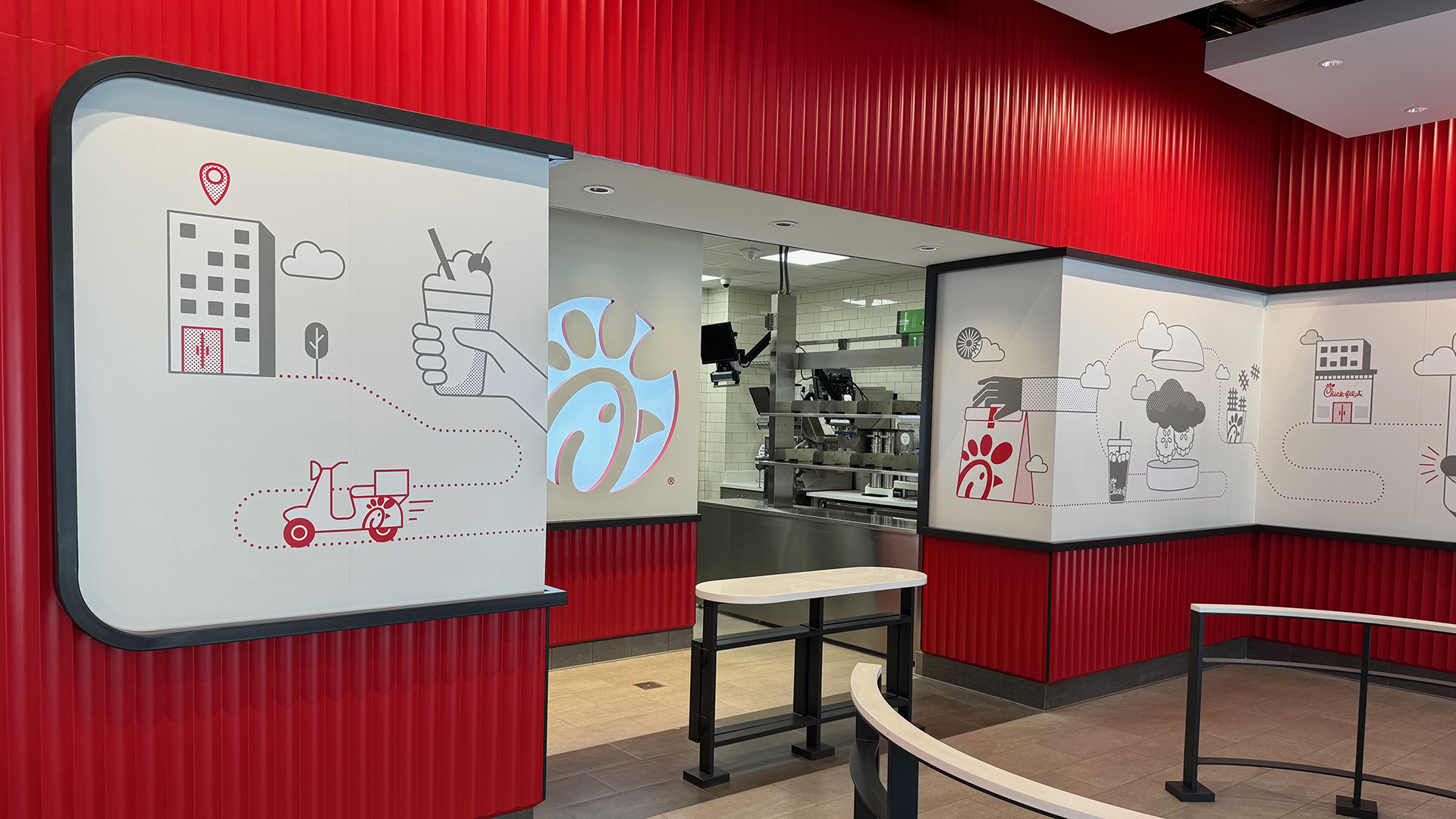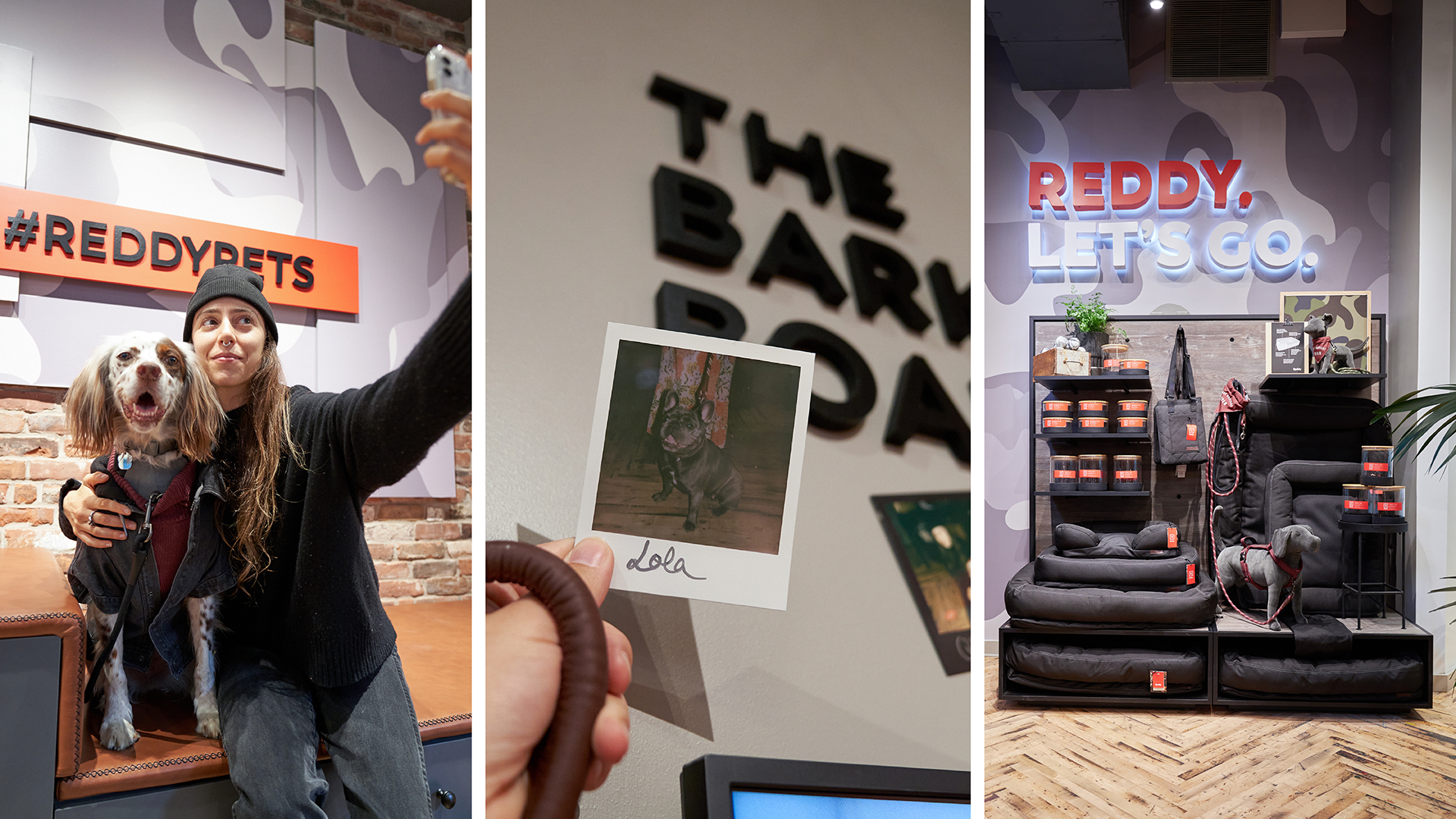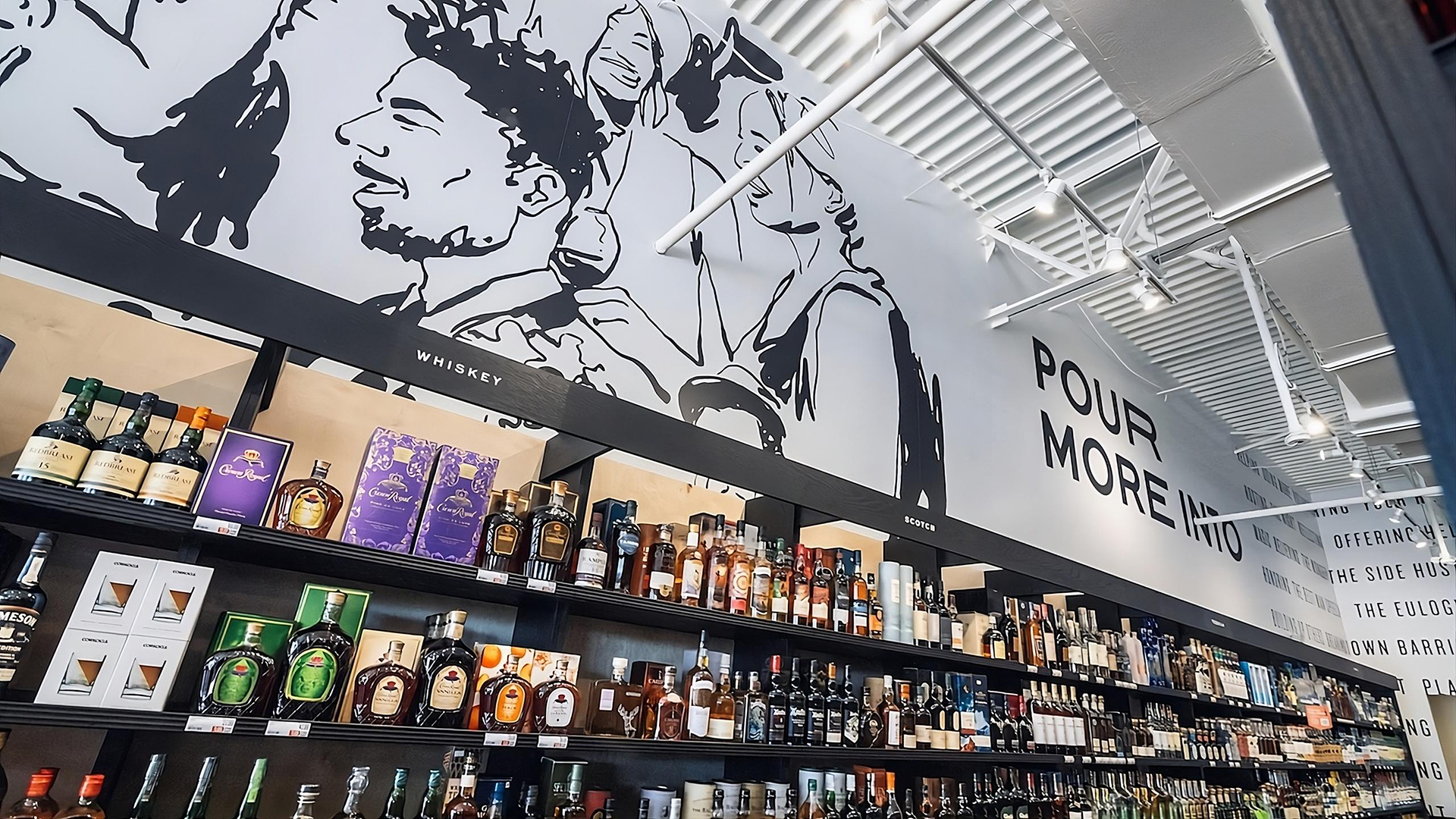Environmental graphics, which include signage, wayfinding systems, murals, digital displays, and architectural graphics, play a crucial role in shaping our perception of the built environment and how we interact with it. In retail design, these elements are particularly important as they create immersive and engaging experiences that connect with consumers on both visual and emotional levels, thereby enhancing the overall ambiance and functionality of the retail space. However, as consumer behavior evolves, environmental graphics must adapt as well.
Let’s look at Generation Z, which includes individuals born between 1997 and 2012. This generation is causing a significant shift in consumer behavior. As the first truly digital-native generation, Gen Z has grown up immersed in a 24/7 digital environment with instant access to information and unprecedented levels of choice. Ranging in age from 12 to 27 years old in 2024, they represent an already powerful market force, accounting for 40% of worldwide consumers. In the United States alone, Gen Z boasts a spending power of $360 billion, according to the BBC. Their unique upbringing, values, and preferences are transforming how brands approach marketing, product development, and customer engagement—and designers are taking note.
DEMAND FOR AUTHENTICITY AND RELATABILITY
Because Gen Z grew up in a digital world inundated with advertising, they are skilled at discerning genuine content from marketing tactics. They value authenticity—both in their personal lives and as consumers—because it fosters trust and connection, enabling them to align with brands that share their values and beliefs.
Environmental graphics help brands to powerfully stand out in a crowded market and connect with modern consumers. These graphics can create lasting resonance by reflecting enduring brand values instead of chasing fleeting trends. With marketplaces across Central Florida, The Good Pour offers a unique wine and spirits retail experience. It’s the first of its kind to donate a portion of its profits to the charity chosen by the customer. By emphasizing the brand and messaging utilizing environmental graphics throughout the store design, we can effectively communicate its mission as part of the retail experience, creating a unique and unforgettable shopping destination that inspires customers to connect with the vision.

As The Good Pour devised its rollout plan, it embraced high-contrast, witty messaging as a consistent theme. This approach ensured scalability and flexibility while maintaining a bold presence in all environmental graphics, reflecting the brand’s fearless mission. Shelf-level signage reinforced brand consistency and educated shoppers about the mission. As part of the branding effort, a custom illustration was commissioned for a large wall graphic and incorporated into details like tissue paper, packaging, and other printed materials, providing a consistent brand experience across all touchpoints.
PRIORITIZING CLARITY AND STORYTELLING
Environmental graphic design not only responds to but also influences consumer behaviors, cultivating meaningful connections between brands and their audiences. By leveraging every interaction point with consumers, graphics extend the impact of physical spaces both within and beyond the immediate environment. Criteo reports that 32% of Gen Z transactions take place on a mobile app. Retailers must leverage how their spaces can be consistent from the app experience to physical spaces.
Always exploring new ways to serve customers better, Chick-fil-A recently unveiled a first-of-its-kind grab-and-go restaurant in New York City’s Upper East Side. You won’t see an order counter, cash registers, or dine-in seating here. Instead, the innovative new restaurant is designated mobile pickup only, meaning guests order ahead on the Chick-fil-A app or website for delivery or carryout. Every element caters to the needs of the fast-paced lifestyle of their urban customers while staying true to the warmth of Chick-fil-A’s renowned brand values.

This strategy of emphasizing values helps to maintain consistency as the brand scales and evolves. At its new mobile walk-up location, Chick-fil-A’s core values guide consumer engagement through graphics that blend playful storytelling with clarity. For instance, the wallcovering graphic instructs consumers on how to engage with the space in a fun and lighthearted way. Iconography enables quick understanding—a must for expanding into markets where English may not be the native language. Additionally, the design features an intentional use of color, aiding in wayfinding and clarity. Red and white signal customer-facing areas giving the most prominence and priority to the space, whereas grey neutral tones denote third-party delivery zones naturally fading into the background.
INNOVATIVE ENGAGEMENT THAT UPHOLDS BRAND MESSAGING
Brands must regularly adjust strategies and include elements that reflect changing tastes and expectations. For example, customers prefer and have come to expect immersive retail experiences. Environmental graphic design enhances these experiences, capturing attention, fostering lasting connections, and driving brand loyalty and engagement. Moreover, immersive interactions can be multi-generational, examining how trends from the past can evolve to appeal to future generations.
In Manhattan’s SoHo district, Reddy SoHo, Petco’s lifestyle and fashion brand for dogs, boasts an urban, industrial boutique vibe complemented by Reddy’s signature bold colors, patterns, and textures. Several elements blend physical and digital experiences.
The dog fit station, adorned with Reddy’s branded camo pattern and hashtag backdrop, offers an Instagram-worthy moment. A selfie wall and community exchange called the Bark Board adds to the interactive customer experience. Shoppers can even take home a tangible Polaroid, providing a nostalgic touch to the social media-focused space. After all, while social media usage continues to evolve, the importance of connection will always remain constant.
Additionally, the Adventure Concierge introduces a touchscreen terminal enabling dog owners to access services and resources for planning pet adventures. This fusion of hospitality and personalization brings the digital era to pet care, all at the touch of a button.

LOOKING AHEAD
As the landscape of consumer behavior rapidly evolves, particularly with the influence of Generation Z, environmental graphic design stands at the forefront of shaping immersive experiences that resonate deeply with today’s discerning consumers. With Gen Z’s emphasis on authenticity and relatability, brands must leverage every touchpoint, including environmental graphics, to forge meaningful connections. By embracing a transdisciplinary approach that collaborates seamlessly with architecture, interior design, and landscape architecture, brands can craft environments that not only captivate but also authentically communicate their values and missions. As we navigate the future of retail and consumer engagement, the synergy between disciplines will remain essential in delivering unforgettable experiences that stand the test of time and leave a lasting impression on consumers.

